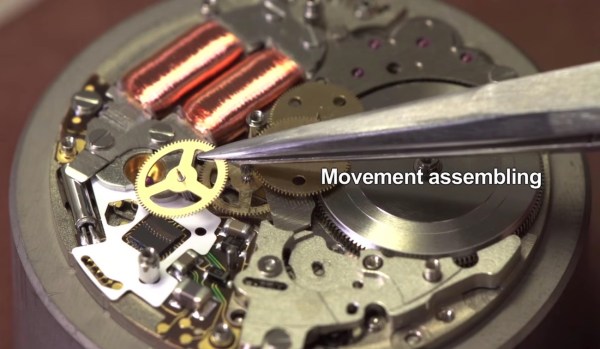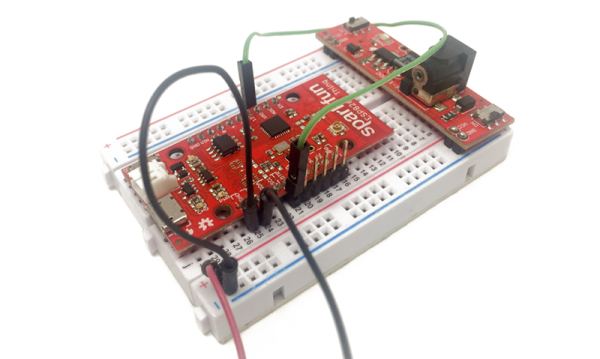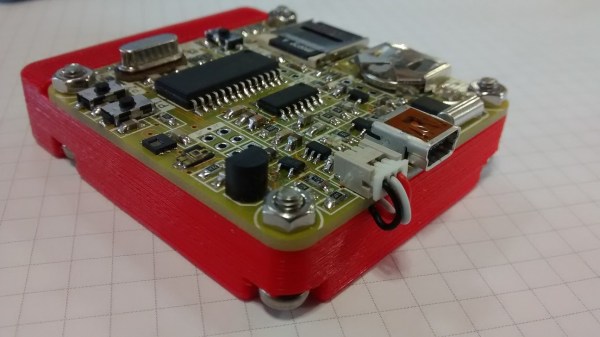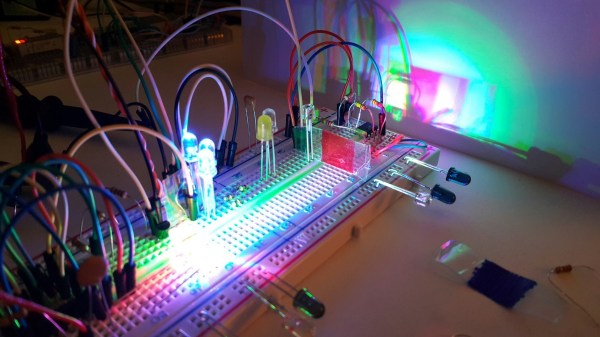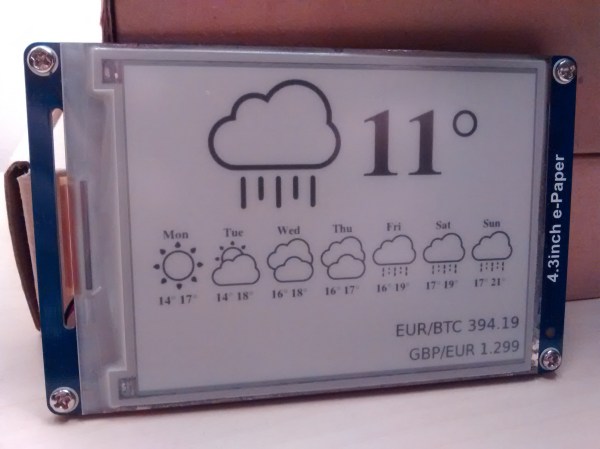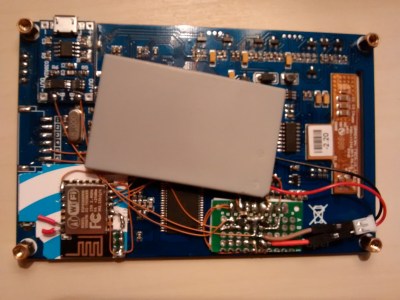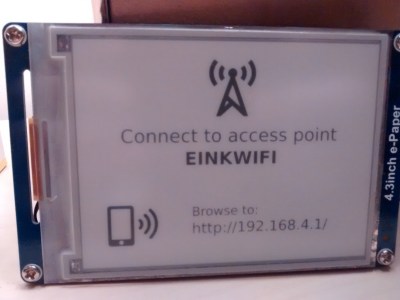Watch aficionados have a certain lust for mechanical watches. These old school designs rely on a spring that’s wound up to store energy. The movement, an intricate set of gears and other mechanical bits, ensures that the hands on the watch face rotates at the right speed. They can be considered major feats of mechanical engineering, with hundreds of pieces in an enclosure that fits on the wrist. They’re quite cheap, and you have to pay a lot for accuracy.
Quartz watches are what you usually see nowadays. They use a quartz crystal oscillator, usually running at 32.768 kHz. These watches are powered by batteries, and beat out their mechanical counterparts for accuracy. They’re also extremely cheap.
Back in 1977, a watchmaker at Seiko set off to make a mechanical watch regulated by a quartz crystal. This watch would be the best of both words. It did not become a reality until 1997, when Seiko launched the Spring Drive Movement.
A Blog To Watch goes through the design and history of the Spring Drive movement. Essentially, it uses a super low power integrated circuit, which consumes only 25 nanowatts. This IC receives power from the wound up spring, and controls an electromagnetic brake which allows the movement to be timed precisely. The writeup gives a full explanation of how the watch works, then goes through the 30 year progression from idea to product.
Once you’ve wrapped your head around that particularly awesome piece of engineering, you might want to jump into the details that make those quartz crystal resonators so useful.
[Thanks to John K. for the tip!]

